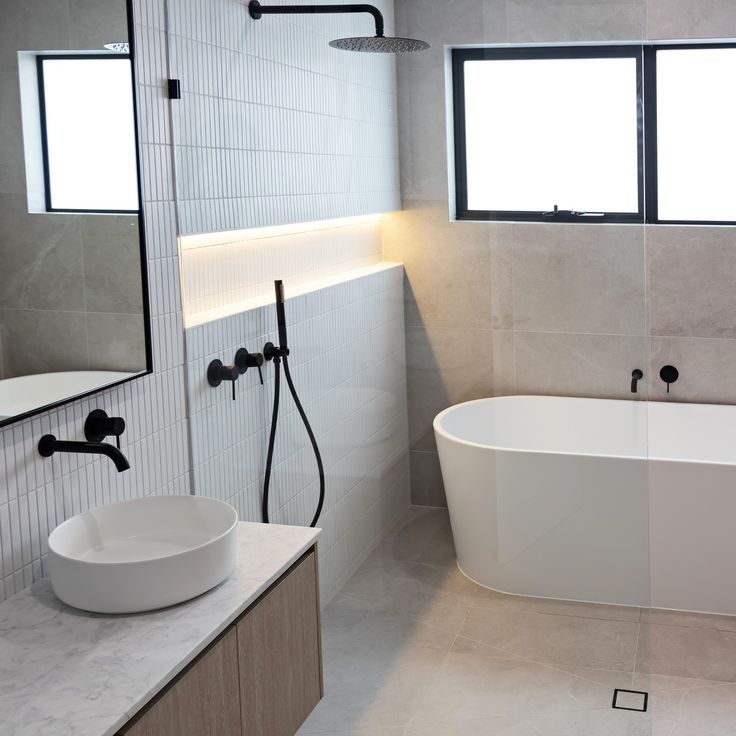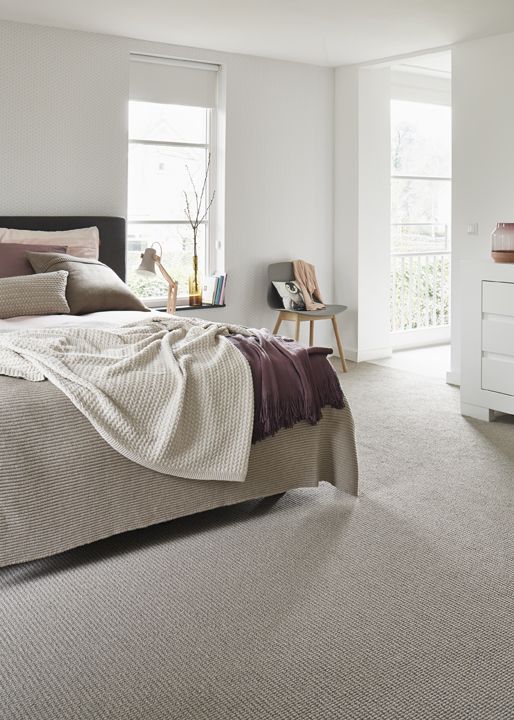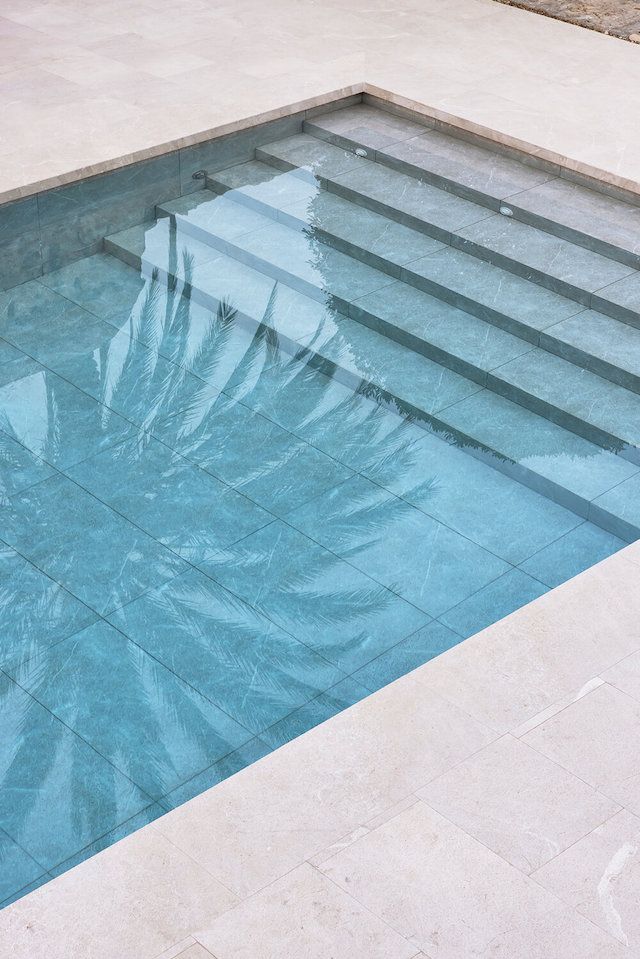You might have noticed how bright green your plants look after rain. So, which water is best for your plants? The stuff that falls out of the sky or the water that comes out of the tap? You might be surprised to find that rain, especially during a thunderstorm, has special qualities that can give …

You might have noticed how bright green your plants look after rain.
So, which water is best for your plants? The stuff that falls out of the sky or the water that comes out of the tap?
You might be surprised to find that rain, especially during a thunderstorm, has special qualities that can give your plants a boost.
Lightning can be a tonic
Although winds and hail can damage a garden, rain during thunder storms can be particularly special for plants. That’s because lightning helps add nitrogen to your garden.
It’s about the nitrogen
Australian soils are notoriously poor in nutrients and nitrogen is no exception. Plants crave nitrogen for a range of reasons. If plants are deficient in nitrogen, they might look yellowish. If the nitrogen levels are very low for extended periods of time plants might be stunted, get sick or die.
Nitrogen makes up about 78% of the atmosphere but plants cannot access it directly from the sky as it takes too much energy to turn it into a form they can actually use.
Nitrogen can come from added fertilisers, the decomposition of organic matter in the soil, and organisms that can break down atmospheric nitrogen into something usable.
Rainfall during a thunderstorm can help plants unlock nitrogen from the atmosphere.
How about other factors?
Comparing tap water, that is supplied as treated drinking water, with rainwater can be tricky. That’s because some tap water is more alkaline or saltier than others. Prolonged watering with water that has a higher levels of chloride (and to a lesser extent, fluoride) can also stop the plant from taking up available nitrate. Plants can also be harmed by the surprisingly high levels of sodium in some drinking water supplies.
So certain tap waters can work against you and your plants.
In a nutshell:
So what kind of water should you use on your plants, if you have the choice?
- rainwater following a thunderstorm
- clean rainwater
- river water
- low-ionic tap water
- high-ionic tap water
- bore water (can be salty)
♥ KC
Be the first to read my stories
Get Inspired by the World of Interior Design
Thank you for subscribing to the newsletter.
Oops. Something went wrong. Please try again later.






